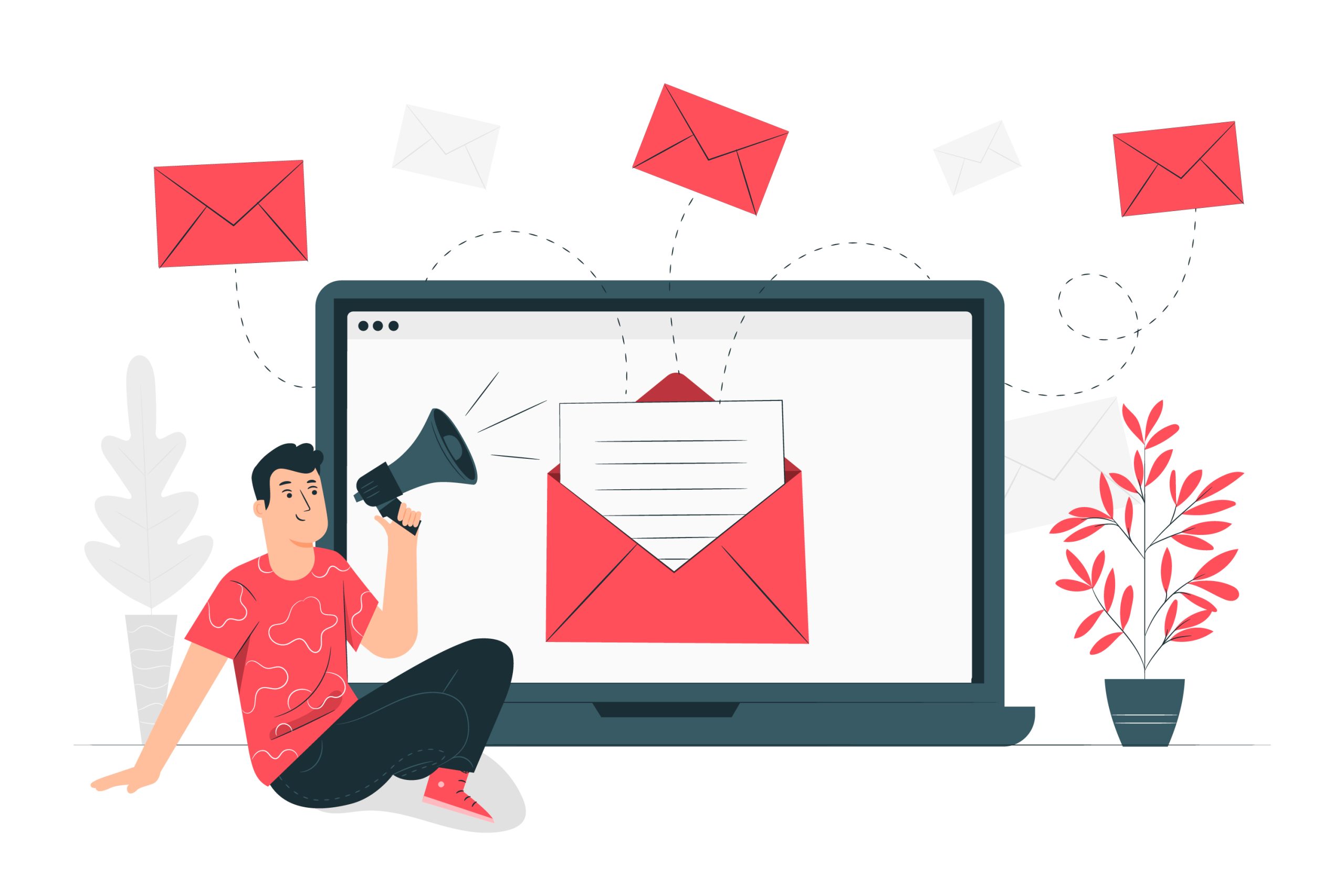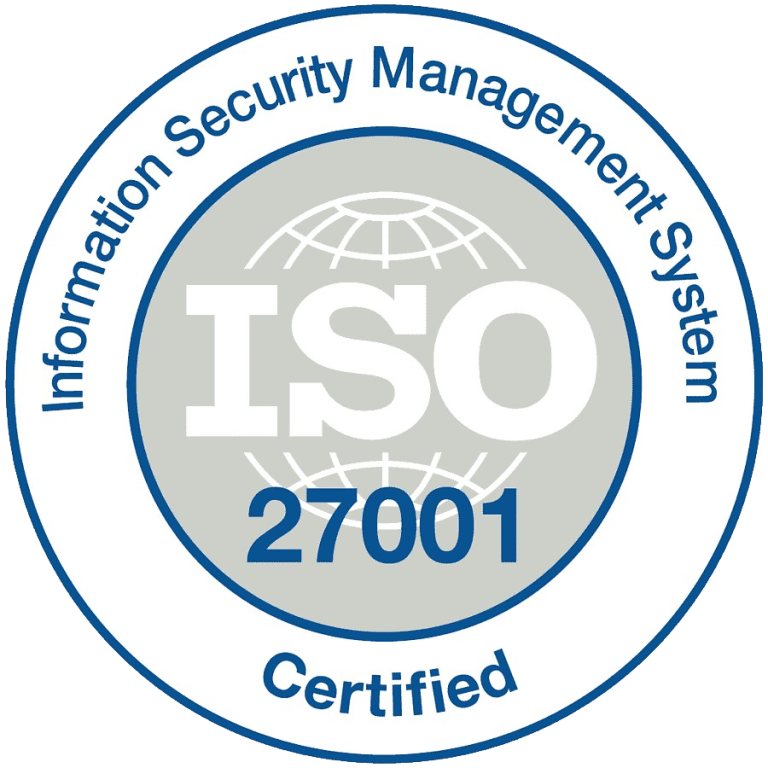Digital marketing relies on various tools, but only some match the enduring effectiveness of email. Even with the emergence of numerous communication platforms, email continues to be crucial for engaging with audiences. Email is a steadfast channel for fostering meaningful connections and driving impactful results; unlocking its complete potential demands more than just sending out mass emails. It requires a profound understanding of its core principles, strategic implementation, and continuous optimization.
This comprehensive guide is not just a theoretical exploration but a practical journey that equips businesses with the essential elements and proven strategies to harness the true power of email marketing. Companies can fully leverage email marketing to drive conversions and foster long-term brand loyalty and engagement by emphasizing audience understanding, personalized communication, and data-driven optimization.
What is email marketing?
Email marketing is a deliberate strategy businesses employ to engage with their customer base through email communication. Conversion in email marketing refers to a subscriber’s desired action after receiving an email, such as making a purchase, signing up for a service, or downloading a resource. It involves sending welcome messages, newsletters, promotions, and transactional notifications to inform customers, enhance brand awareness, and promote products or services. This direct marketing tactic aims to establish and nurture customer relationships, ultimately driving engagement and facilitating conversions. By utilizing personalized and targeted email campaigns, businesses can effectively reach their audience, deliver relevant content, and achieve marketing goals.
Tools and resources for email marketing.
Email marketing uses a diverse toolkit to create, manage, and analyze campaigns. Starting with email marketing platforms like Arkesel, Mailchimp, or Constant Contact, businesses can design and send emails, manage subscriber lists, automate campaigns, and track performance metrics. These platforms often come with intuitive drag-and-drop editors, customizable templates, and segmentation capabilities, empowering marketers to tailor their messages to specific audience segments. Email list-building tools such as OptinMonster or Sumo enable businesses to capture email addresses through various opt-in forms strategically placed on websites, increasing the subscriber base.
To enhance the effectiveness of email campaigns, tools for email design and automation play crucial roles. Platforms like Canva or Adobe Spark allow marketers to create visually appealing email designs, incorporating graphics and visuals that grab recipients’ attention. Meanwhile, automation tools like Drip or ActiveCampaign enable the setup of automated email sequences triggered by user actions, facilitating personalized communication and nurturing leads effectively.
With comprehensive analytics and tracking tools provided by email marketing platforms and specialized services like Litmus, marketers can gain insights into campaign performance, optimize content, and improve deliverability, ultimately driving better results and ROI from email marketing efforts.
The essential of email marketing
Discover the essential elements that drive successful campaigns and deliver results; here are five (5) strategies to ensure your email campaign flourishes:
1. Craft compelling subject lines:
Creating compelling subject lines in email marketing is crucial, as they serve as the initial impression of your message. These lines can capture recipients’ attention, influencing whether they eagerly open or overlook your email in the flood of messages. The effectiveness of a subject line hinges on its brevity and relevance. Keeping it concise, preferably under 50 characters, ensures it’s easily understandable and doesn’t get truncated in email previews.
Additionally, including pertinent keywords that match your email’s content helps ensure it reaches the appropriate audience and resonates with their interests. For example, a subject line like ‘Last Chance: 50% Off All Products’ or ‘New Collection: Get the Latest Trends Now’ can create a sense of urgency or exclusivity, encouraging recipients to open the email. Language that induces a sense of urgency or presents attractive offers can significantly enhance engagement.
Using phrases like “Limited Time Offer” or “Exclusive Discount” can evoke a sense of urgency and prompt recipients to take action swiftly. Crafting captivating subject lines requires both creativity and analysis. It necessitates thoroughly comprehending your audience’s preferences and behaviors and strategic language and formatting techniques to boost open rates and promote meaningful interaction with your email content.
2. Tailor content for relevance and engagement:
Customizing your content to be relevant and engaging means ensuring that what you say in your emails matches what your audience is interested in. This could mean talking about topics they care about or offering products or services they’re likely interested in. Personalization in email marketing involves tailoring your emails to suit each subscriber’s preferences, behaviors, or demographic information.
Personalizing your emails, like using their name or referencing their past purchases, makes your audience feel like you’re speaking directly to them, which can increase their interest and engagement with your message. Another way to enhance your emails’ relevance is by segmenting your email lists according to various criteria, such as demographics or past behavior.
Segmentation entails splitting your email list into smaller, more targeted groups. Through segmentation, you can provide content that caters to each subgroup’s unique interests or needs within your audience. For example, if you have a clothing store, you might send different emails to customers who have previously bought men’s clothing versus those who have bought women’s clothing.
In this manner, each individual receives content that is more likely to resonate with them, and this boosts the probability of recipients opening your email and engaging with its contents.
3. Drive action with clear call-to-actions:
Make it easy for people to do something after reading your email by including clear instructions called call-to-actions. These could be buttons or links that say things like “Buy Now” or “Learn More.” Put these call-to-actions where they’re easy to see, like at the top of your email or in a big font, so people know what to do immediately. When you use words that make people feel like they need to act fast, like “Limited Time Offer” or “Don’t Miss Out,” they’re likelier to click on your call-to-action immediately.
It’s important to ensure that whatever action you want people to take, whether buying something or signing up for an event, is clear. Use simple terms and avoid complicated instructions. Also, make sure that your call-to-action stands out visually so it’s easy for people to spot it as soon as they open your email. By making it easy and compelling for people to take action, you increase the chances that they’ll engage with your email and do what you want them to do.
4. Honor opt-out requests:
Respecting recipients’ preferences is paramount in email marketing, and one crucial aspect of this is honoring opt-out requests. Providing a straightforward and easy method for recipients to unsubscribe from your mailing list demonstrates your commitment to their autonomy and satisfaction. Not only is this an ethical practice, but it’s also a legal requirement in many jurisdictions. By including an ‘unsubscribe’ option in every email, you adhere to regulatory guidelines and exhibit transparency and integrity in your communication practices.
Honoring opt-out requests is essential for fostering positive relationships with your audience. When recipients feel empowered to control their email preferences, they are more likely to view your brand positively and engage with your content willingly. This level of transparency builds trust and enhances your brand’s credibility in the eyes of your subscribers. By respecting their decision to opt-out, you demonstrate that you value their preferences and prioritize their experience, ultimately contributing to a more positive and mutually beneficial relationship with your audience.
5. Analyze and optimize campaign performance:
To fine-tune your email marketing strategy, it’s essential to assess your campaigns’ performance consistently. This involves closely monitoring open, click-through, and conversion rates. Doing this lets you acquire valuable insights into which parts of your emails connect with your audience and where improvements may be needed. Armed with this information, you can adjust your approach to optimize results.
Tracking open rates allows you to gauge how many recipients are accessing your emails, providing insights into the efficacy of your subject lines and overall email layout. Click-through rates reveal the proportion of recipients who interacted with links within your emails, indicating the engagement level of your content and the effectiveness of your call-to-action. Conversely, conversion rates indicate the percentage of recipients who completed a desired action after clicking through, such as purchasing or registering for a webinar.
Regular examination of these metrics assists in identifying trends, patterns, and areas for enhancement in your email campaigns. Whether it involves adjusting subject lines, refining content, or optimizing delivery timings, insights from thorough analysis facilitate data-driven decisions to improve the effectiveness of your email marketing endeavors over time.
Conclusion
Email marketing is important for businesses. Even though there are many other ways to talk to people online, email is still reliable for making solid connections and getting good results. This guide has shown all the important stuff about email marketing, like making catchy subject lines and being respectful if someone wants to stop getting emails. By understanding who you are talking to, creating emails that fit them, and using data to improve things, businesses can make email marketing work well for them.
Also, monitoring your emails’ performance and making changes to improve them is wise. Businesses can ensure they get the most out of email marketing by monitoring essential numbers and using their learning to improve their emails. With all this knowledge from the guide, companies can feel confident about using email to connect with people and make their mark in the digital world.





